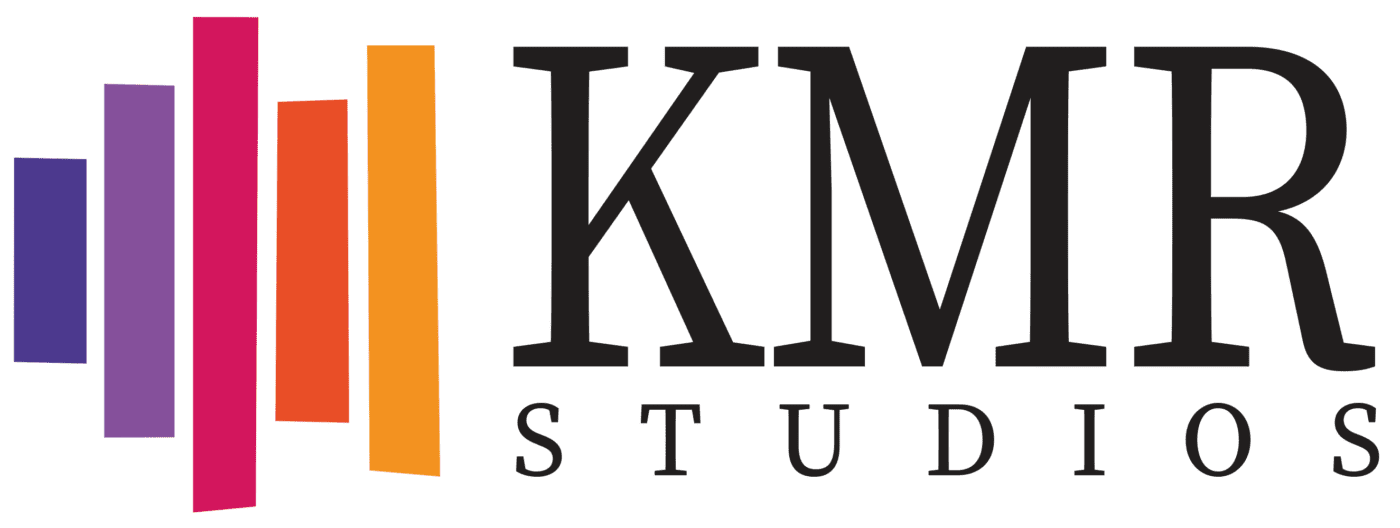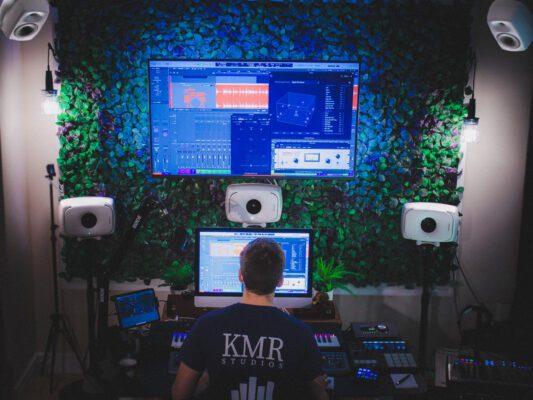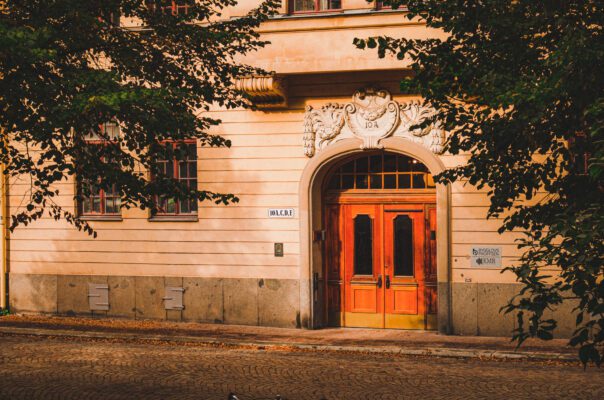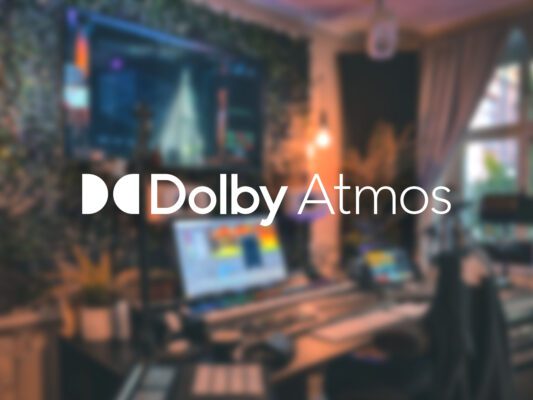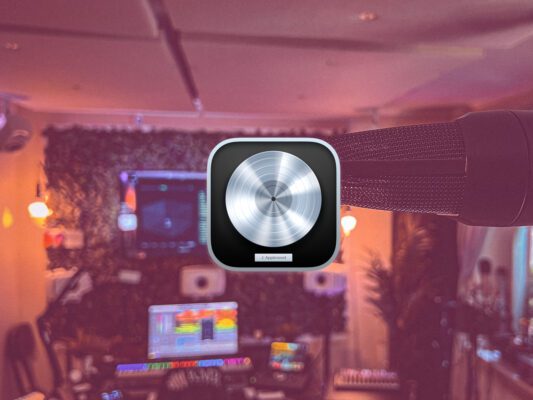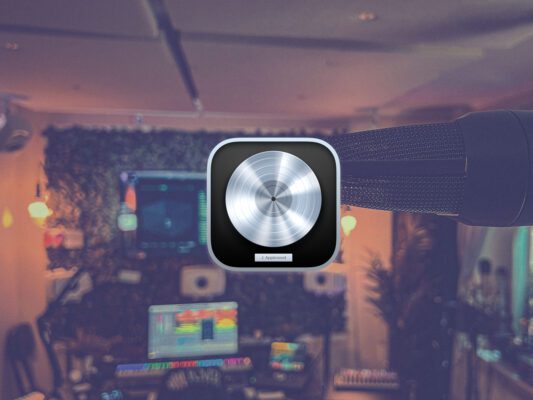An Introduction
This is an article written for those who have recently become interested in Dolby Atmos. We discuss the differences and possibilities of the format, and provide an overview of the equipment. We will also share other useful information on how to mix music for Dolby Atmos. For more advanced users, we recommend contacting us directly so that we can assist you in the process of converting your studio to Atmos. We also offer courses both remotely and on-site.
Book a MeetingHow Dolby Atmos distinguishes itself – What are the possibilities?
In order to release music in Dolby Atmos format, the music itself needs to be mixed and adapted for the format. The main difference between when you mix music for Dolby Atmos and traditional stereo mixing is the experience of the listener being in the room where the music is playing. Stereo sound comes from two sources (left and right). Dolby Atmos allows for the ability to place sounds anywhere around the listener as “objects.” These objects can be placed behind, in front of, to the right, to the left, or above the listener. This means 360 degrees of mixing freedom!
Currently, Dolby Atmos supports up to 128 objects in a single song. This allows for a multitude of mixing opportunities. For instance: you could have guitars behind the listener, vocals and drums in front of the listener, and a choir and a thunderstorm moving above the listener. The possibilities are endless!
Read more about KMR’s Dolby Atmos services
Equipment for Working in Dolby Atmos
To listen to Dolby Atmos fully realized, you need a 7.1.4 system. This system consists of seven speakers at ear level around the listener, a subwoofer, and four overhead speakers. However, it is possible to create a mix with a pair of regular headphones using a technique called binaural audio. This technique tricks the ears into perceiving sounds “outside” the headphones. It is a technology that is still under development and is improving over time.
However, it is not recommended to mix an entire song using headphones. This is due to the fact that there are certain aspects that binaural audio cannot reproduce as well as a 7.1.4 system. Nonetheless, it can be a good alternative for someone who wants to try mixing in Dolby Atmos. It is also wise for mixers to monitor how the mix sounds in headphones, as the majority of listeners will experience the music that way.
In addition to having the right hardware (7.1.4 speaker system and a sound card with Dolby Atmos support), the appropriate software is also required. Today, there are music programs like Logic Pro X that support the format. Nevertheless, acquiring Dolby’s own software (especially the Dolby Atmos Renderer) is still a wise decision.
The Easiest and Cheapest Way to Work in Dolby Atmos
- A music program with Dolby Atmos support
- Dolby Atmos Renderer
- Headphones
This is not a recommended setup to mix music for Dolby Atmos professionally. However, it is a fantastic way to start thinking about the format. If you use Logic, you don’t necessarily need the Dolby Atmos Renderer. Nevertheless, we still recommend it. The tool allows you to create versions of your mix that you can listen to on your mobile device, among other smart features.
If you want to learn more, feel free to contact us, and we will provide further information. Also, stay tuned to our website, as we will continue to share articles about Atmos!
KMR is Dolby Certified
At KMR Studios, all music is handled in the Logic Pro X program, which fully supports the Atmos format. Additionally, we have the tools and software developed by Dolby themselves to process audio in Dolby Atmos. Dolby has been involved in designing our Studio A and has calibrated the room, ensuring that the results from KMR Studios meet internationally high-quality standards.
Read more about KMR’s Dolby Atmos services
Learn More About Dolby Atmos
Music Streaming Services With Dolby Atmos Support
Want to take you music streaming experience to the next level? This article gives you [...]
Movie and Series Streaming Platforms With Dolby Atmos Support
Information for those who want to know more about Dolby Atmos and which film/series streaming [...]
3D objects in Logic Pro
This article talks about Dolby Atmos 3D objects in Logic Pro. What does object-based sound [...]
Surround Panner in Logic Pro
This article is about panning in Surround Bed in Logic Pro. We explain what Surround [...]
Contact Us

CONTACT US
OUR PORTFOLIO
LISTEN IN DOLBY ATMOS
LISTEN IN STEREO

 Svenska
Svenska